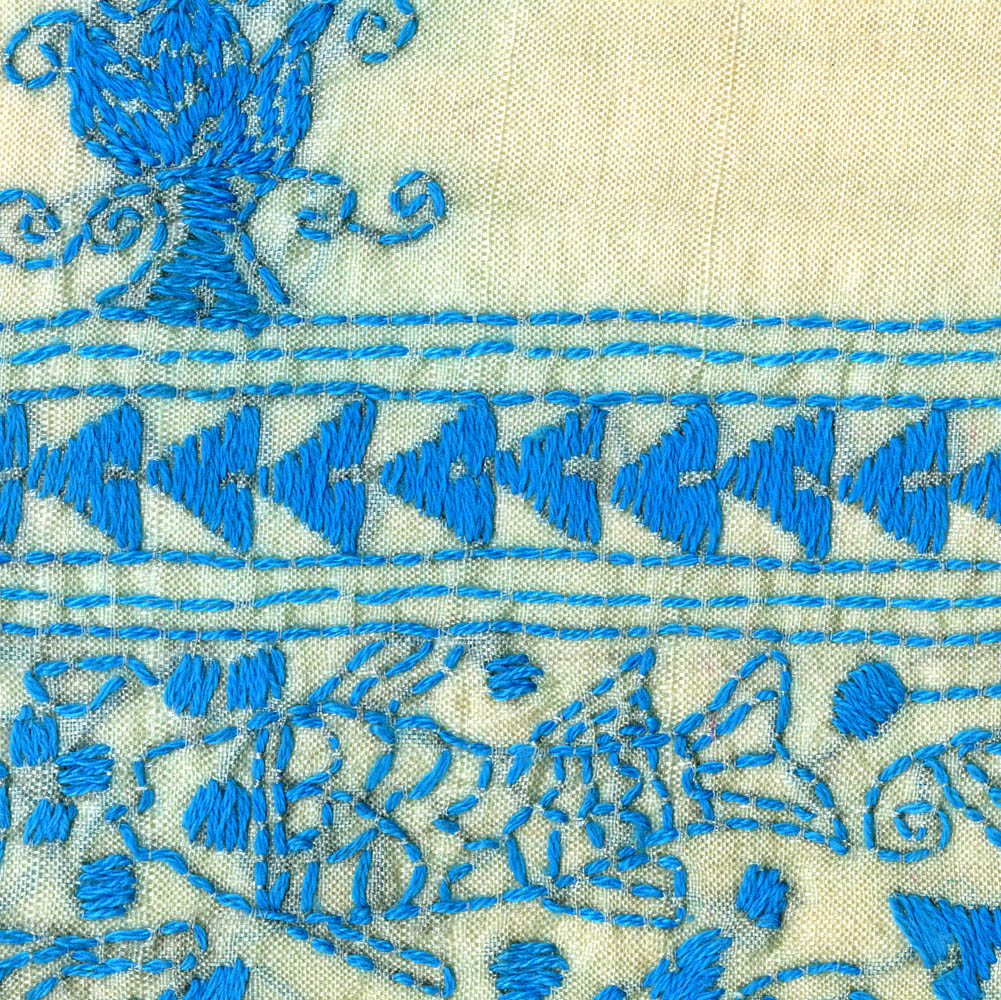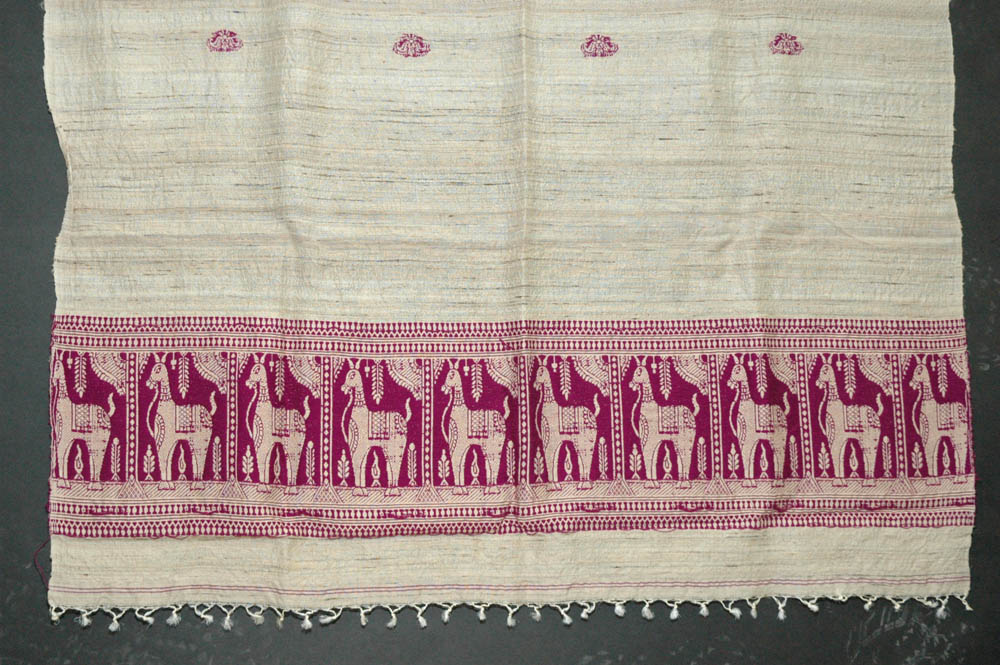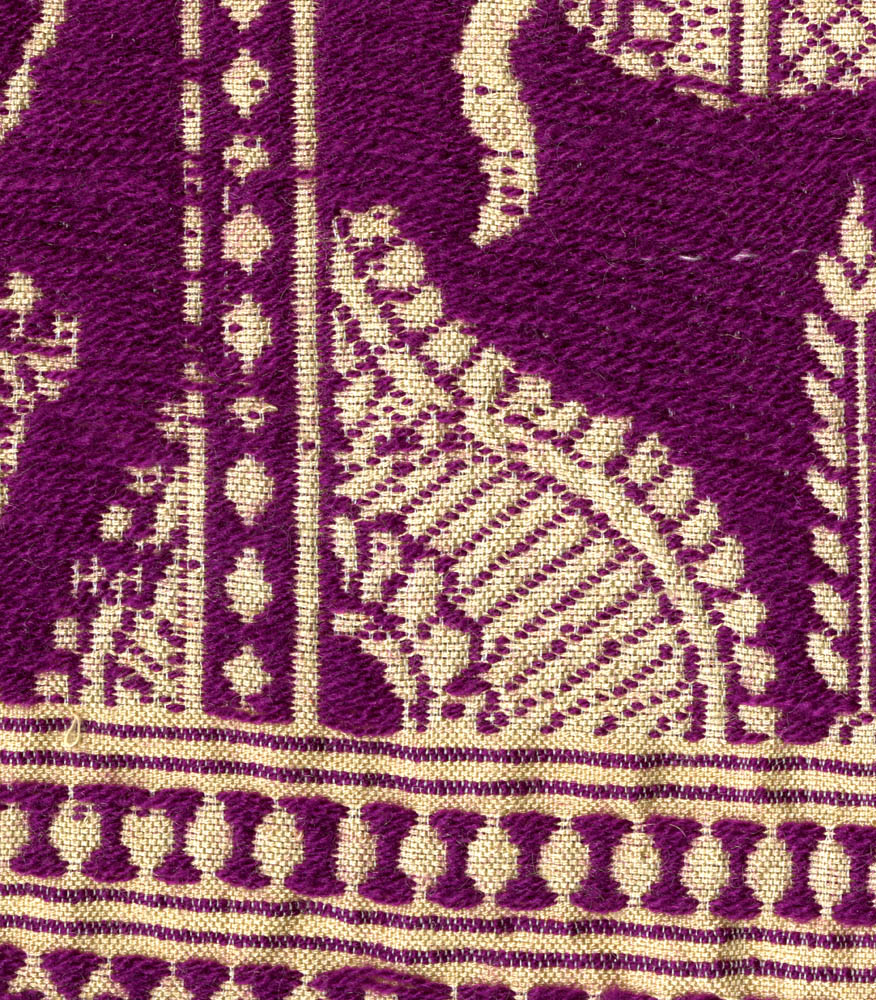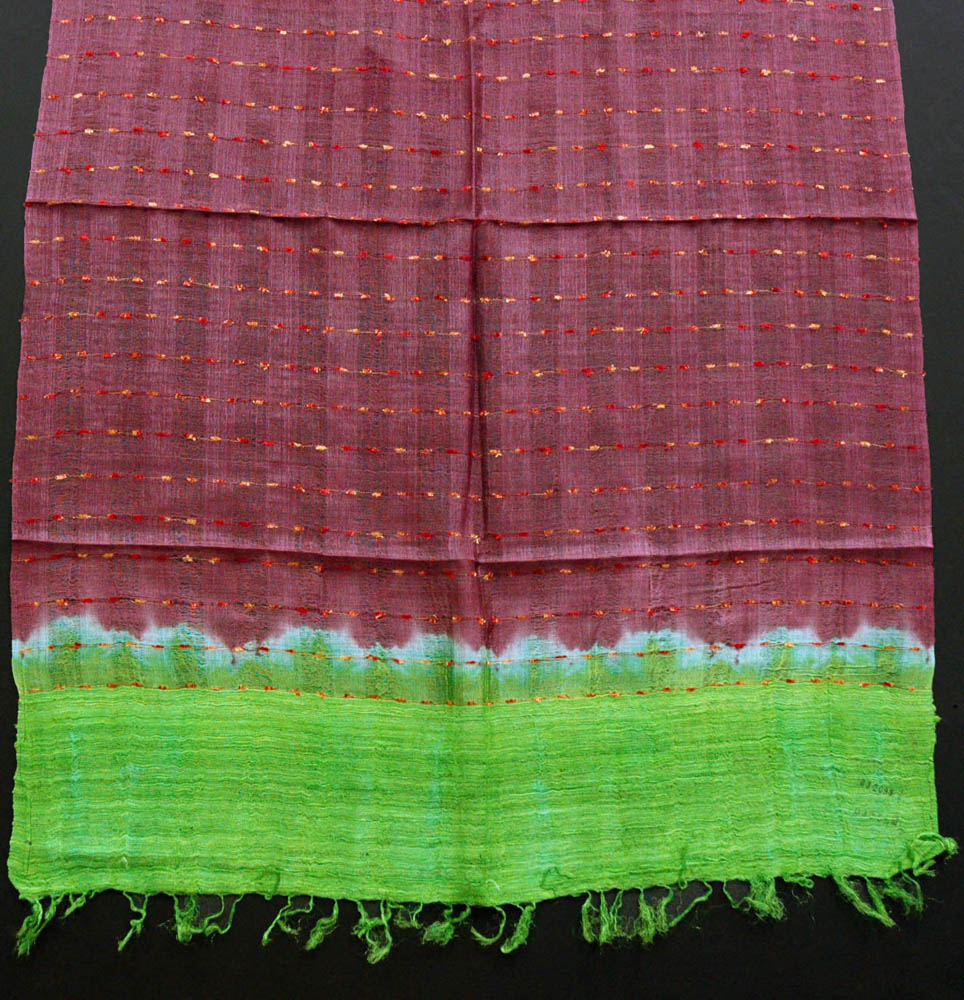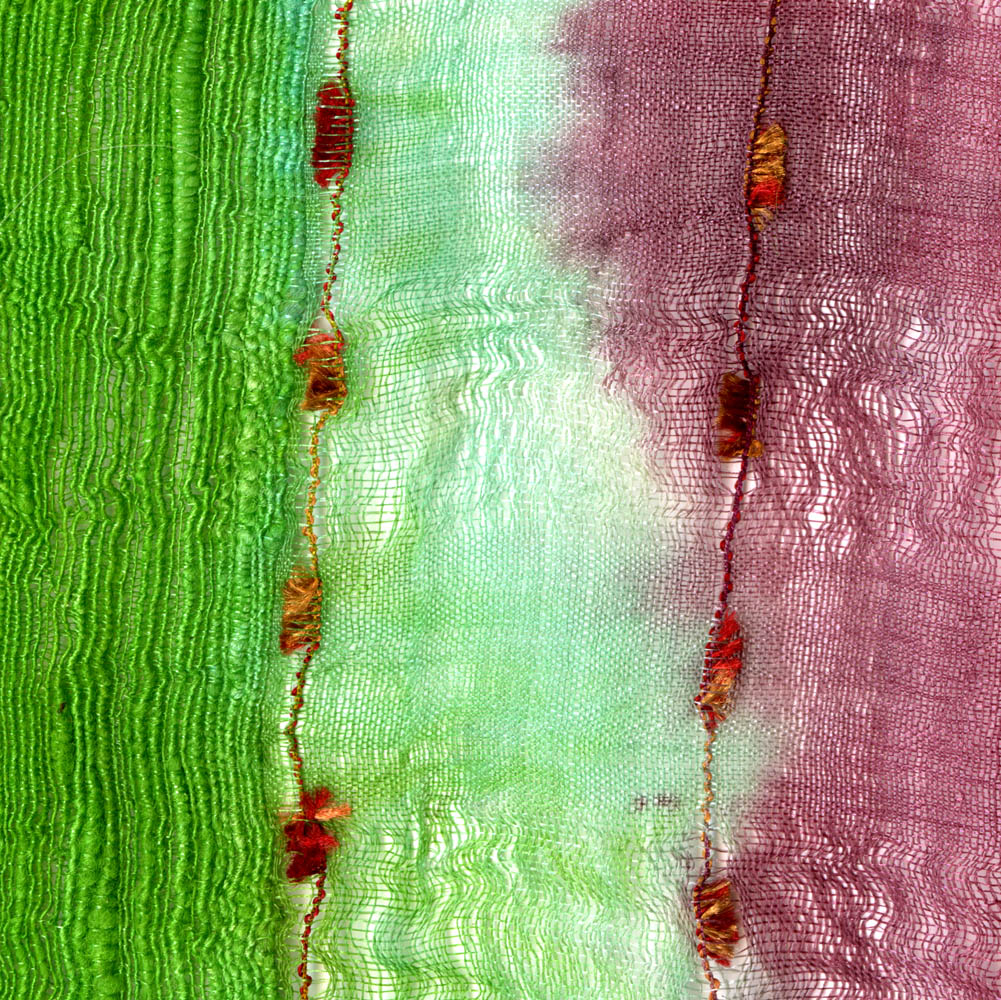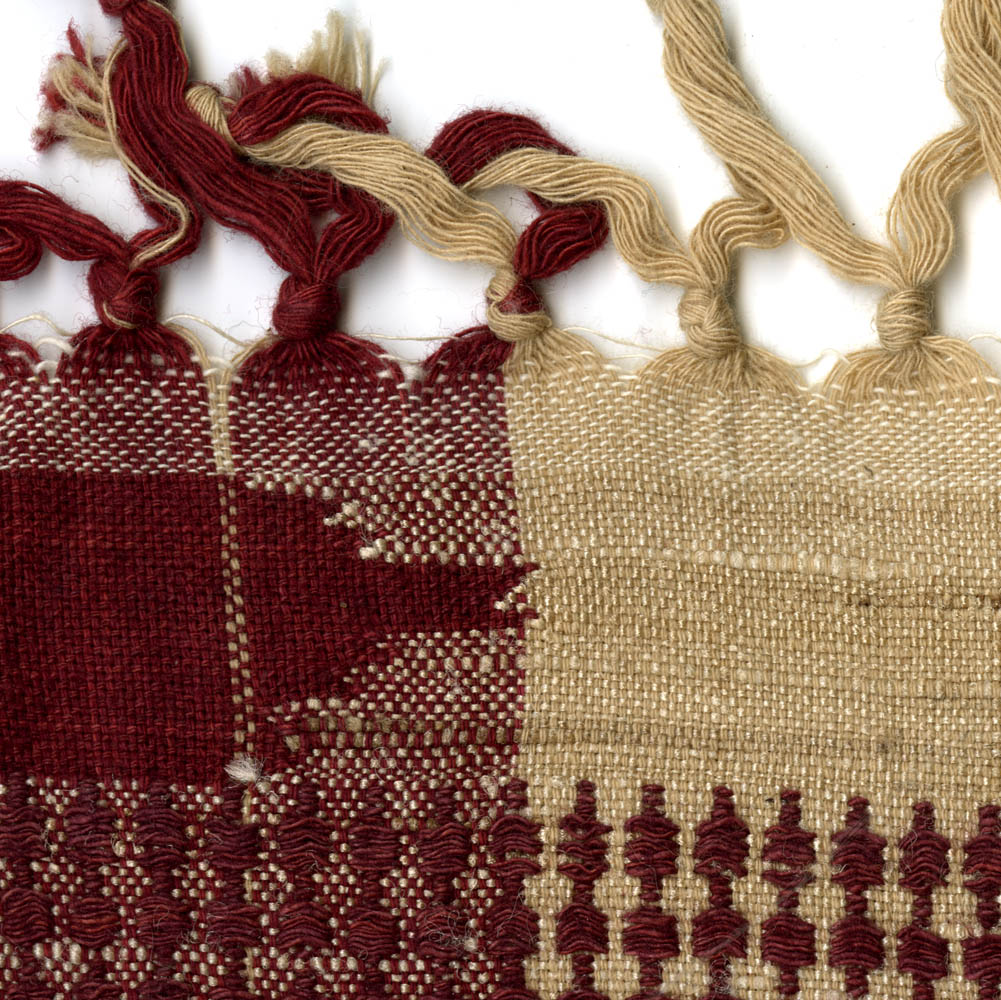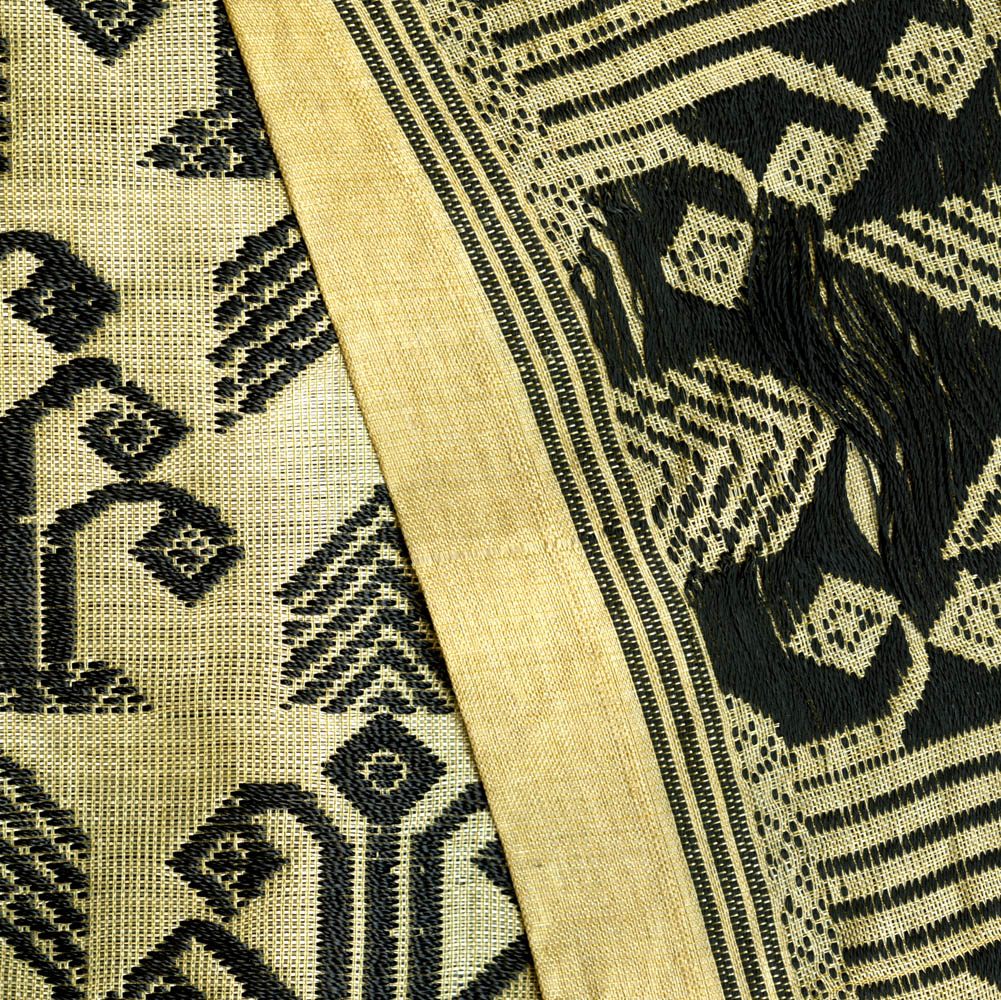Antheraea paphia (L.)
Tropical Tasar Silk
This type of wild silk has been exploited for thousands of years in eastern India, from the Himalayas down to southern areas of the Indian Peninsula, particularly in the Deccan Plateau. The tasar silkmoth is known scientifically as Antheraea paphia (Linnaeus), and the synonym Antheraea mylitta (Drury) is still often used in literature. The caterpillars live on many trees, but especially on Indian dammer (Shorea robusta) and various species of Terminalia, like the white murdah (T. arjuna) and laurel (T. tomentosa). The Hindi names for these three trees are sal, arjun, and asan, respectively (Jolly et al. 1974, Mohanty 1998).
Tasar culture is important to many of the Tribals in eastern India, primarily in the states of Bihar, Chhattisgarh, Odisha (formerly Orissa), Andhra Pradesh, West Bengal, and eastern Madhya Pradesh (CSB 2006, Trivedi et al. 2009). Cocoons are collected in the field. However, eggs are often placed onto trees near villages and larvae are moved from one small tree to another if they defoliate the first, so a certain amount of husbandry is done for what is otherwise a wild silkworm. There are numerous so-called eco-races that produce huge cocoons varying from brown to gray to dull yellow, and most of these eco-races are restricted to certain regions and feed on certain kinds of trees (Kavane & Sathe 2011). The silk is reeled to make saris, scarves, wrappers, and it is spun to make heavier scarves and shawls. Tasar silk has a special cultural significance to all segments of Indian society, and tasar kurtas are often worn by grooms and tasar saris by brides at their wedding ceremonies. The undyed natural brown or beige is generally favored for traditional textiles and garments. Many of the famous ikats from Odisha and embroidered and brocaded wrappers from West Bengal and other eastern states are made of tropical tasar silk. The popular Baluchari stoles from West Bengal, one of which we illustrate here, are brocaded with repeating patterns of traditional motifs. Because tropical tasar silk has been over-exploited in India, a lot of Chinese tussah is now imported to serve as a substitute on the handlooms (Srivastav & Thangavelu 2005). Spun or reeled fabrics of mulberry silk are also often dyed a light brown to look like tasar. Most textiles from India are weft dominant.
Silk fibers of Antheraea (tussah, tasar, muga) appear under magnification as flat strands like tape or ribbons. However, mulberry silk has fibers that are more slender and appear rounded in cross-section. A dissecting microscope shows these differences quite well, but a good hand lens or a loup like is used to view 35 mm slides may suffice to distinguish mulberry from those made by Antheraea. Some of the antique silks known as Leek embroidery contain tasar silk. Thomas Wardle actively promoted this type of silk in both India and England, and his wife Elizabeth founded the Leek Embroidery Society (Wardle 1881, King 2005).
References
CSB [Central Silk Board]. 2006. Vanya: wild silks of India, vol. 1: an introduction to vanya
silks. Central Silk Board, Bangalore. 196 pp.
Jolly, M S., S. K. Sen, and M. M. Ahsan. 1974. Tasar culture. Ambika Publishers,
Bombay. viii + 266 pp., 2 color plates.
Kavane, R. P. & T. V. Sathe. 2011. Wild silk technology. Daya Publishing House, Delhi.
224 pp.
King, Brenda M. 2005. Silk and empire. Manchester University Press, Manchester.
xx + 195 pp.,14 color plates.
Mohanty, P. K. 1998. Tropical tasar culture in India. Daya Publishing House, Delhi.
viii + 153 pp., 28 plates.
Srivastav, P. K. and K. Thangavelu. 2005. Sericulture and seri-biodiversity. Associated
Publishing Company, New Delhi. xvii + 254 pp., 48 color figures.
Trivedi, S. P., K. Jaiswal, B. N. Pandey & P. N. Pandey, editors. 2009. Indian sericulture: past,
present and future. Alfa Publications, New Delhi. 297 pp.
Wardle, T. 1881. Handbook of the collection illustrative of the wild silks of India, in the
Indian section of the South Kensington Museum, with a catalogue of the collection and
numerous illustrations. Facsimile reprint 2007. Kessinger Publishing, Whitefish, Montana.
xii + 163 pp.



